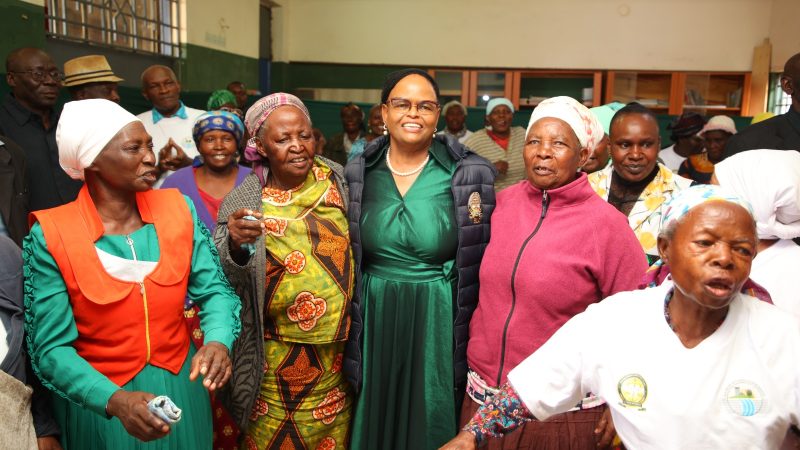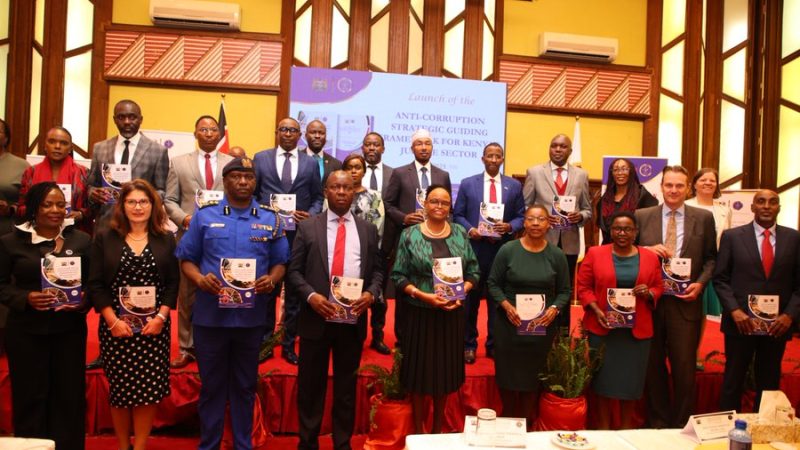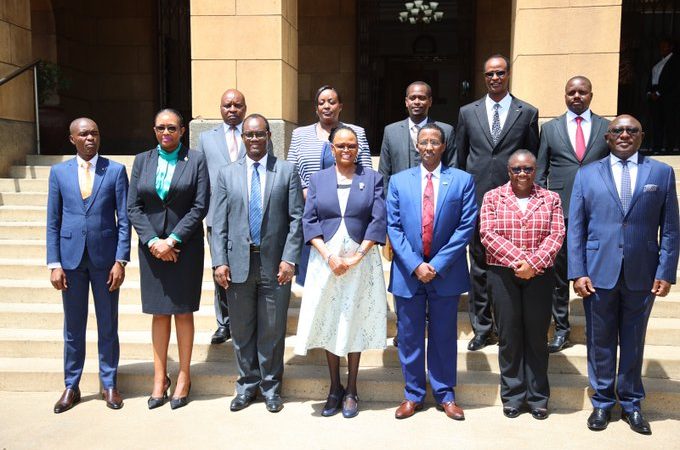African Judicial Network on Environmental Law to be hosted in Kenya

Leaders of African judiciaries meeting in Maputo, Mozambique, today resolved to have the African Judicial Network on Environmental Law hosted by Kenya.
The country will also host the next regional Symposium on Greening the Judiciaries in Africa, an initiative supported by United Nations Environment Programme. It is scheduled to take place in 2020.
Chief Justice David Maraga told participants at the end of the conference that Kenya was delighted to host the next meeting and said he hoped it would be “even bigger than this one,” referring to the Maputo meeting where more than 20 Chief Justices attended.
Presidents of regional courts such as the East African Court of Justice and representatives of 42 Judicial Training Institutes were also at the meeting.
Representatives from 37 countries have been attending the three-day symposium where a training curriculum and manuals on environmental law for judges and magistrates in Africa was also developed, adopted and launched.
The manuals will be used to train judicial officers to become better judges in environmental law.
The network, which has been in existence for two years, aims at making judiciaries sensitized about enforcing environmental laws.
Justice Maraga on Thursday chaired one of the key sessions in the Symposium which discussed “The role of the Judiciary in environmental crime including wildlife crimes”.
During the opening session Elizabeth Mrema, the director of UNEP’s Law Division, said nearly 3.3 % of agricultural GDP in Sub-Saharan Africa is lost annually because of soil and nutrient loss. Land Degradation in sub-Saharan Africa is estimated to cost USD 68billion per year.
“Two-thirds of the continent is desert or drylands, and 74 per cent of its agricultural drylands are already seriously or moderately degraded.
Additionally, the Africa region is suffering deforestation at twice the world rate. For example, only 22.8 percent of West Africa`s moist foresmmts remain,” she said.





